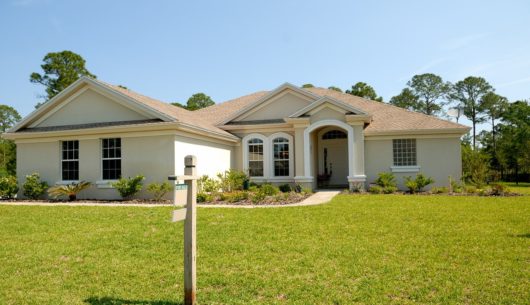Blog
Applicable energy standards for buildings
Environmental and economic awareness in society is growing every year. However, it is increasingly happening that decisions are forced and we do not have free will during the investment. In 2014, new EU regulations came into force, which require that every newly built property should be energy-efficient. What energy standard of buildings should be taken into account?
Table of contents
What does this mean for investors? What are EU energy standards for buildings and what effect does it have for all of us? These questions arise most often among our readers. We will be happy to answer them later in the material. We invite you to read it.
What is the energy standard of a building?
According to EU regulations, which we must respect from 2014, an energy-efficient building should not exceed the level of energy consumption in the amount of 70 kWh m2/year. Is it not enough? For comparison, a statistical house consumes about 140 kWh m2/year, which is twice the accepted standards.
There are a total of 4 levels of energy efficiency. These are:
- Energy-efficient house – range between 30-70 kWh m2/year
- Low-energy house – range between 15-30 kWh m2/year
- Passive house – range between 0-15 kWh m2/year
- Zero-energy house – 0 kWh m2/year
As you can see, the energy standards of buildings are very precisely defined. Interestingly, houses with a positive energy balance are appearing in Europe. This means that they produce more energy than they are able to use during the heating season and operation. Unfortunately, the technology is still not developed enough to offer such capabilities to standard customers.

Warmer homes mean lower energy bills
What are the basic ways to reduce the value of energy consumed to reach the expected level? By using proven solutions to insulate the floor, walls and roof of the property (e.g. by investing in thicker walls, denser polystyrene and PUR foam insulating the m.in. roof). The energy standards of buildings also include the need to use innovative heating devices, which include class V boilers, modern ventilation, heating and electrical installations, innovative electronic equipment and an energy management system.
Are you thinking about energy efficiency at the level of investing in plans? Thanks to this, you can adjust the design and position it in such a way as to make the most of the sun’s potential. This can be achieved with the help of properly placed windows, display cabinets and glazing, as well as an eave-free roof, which will bring more rays into the house.
Use renewable energy sources
By installing photovoltaic solar panels on your roof or property, you will reduce the level of energy consumed by an impressive amount. So if your facility allows you to install panels and you qualify for funding, it is worth using this technology.
Still few facilities can boast of energy consumption at the level of 70 kWh m2/year. Statistics show that just a few years ago, over 70% of properties consumed 140 kWh m2/year. The standards indicate that from 2017 onwards, all buildings must consume a maximum of 95 kWh m2/year.
By 2021, they are to be modernized to such an extent that they are within the agreed 70 kWh m2/year. What does the practice look like? Most houses (not only in the countryside) have still not been equipped with insulation and heating devices that allow you to go down to 95 kWh. Therefore, it can be realistically assessed that the EU plan for 2021 will not be successful, and the developed energy standards for buildings will not be implemented on time. What is the reason for this? First of all, the lack of control and limited budgets of most people. After all, not everyone can afford to insulate their homes and replace furnaces or boilers in them – even when using subsidies. You can read more about subsidies for energy-efficient houses in one of our posts.